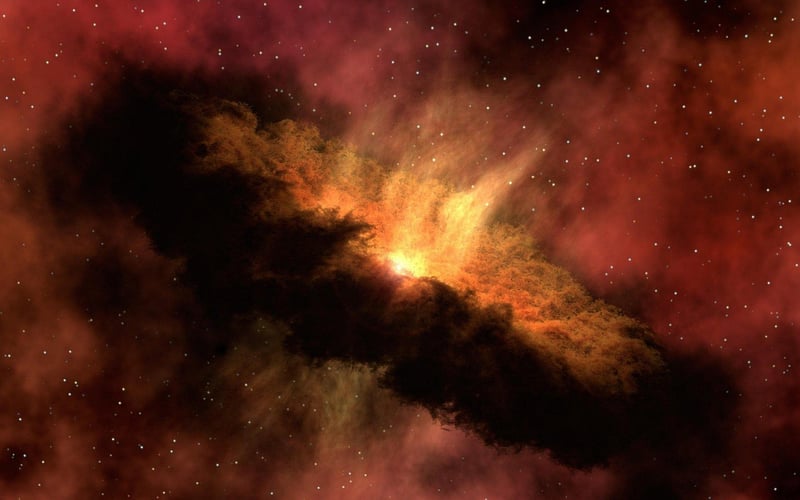Analyze cosmic habitats
Exploring Life Beyond Earth: Analyzing Cosmic Habitats
As humans continue to delve into the mysteries of the universe, one of the most captivating questions we seek answers to is whether life exists beyond our planet. Scientists and researchers have been exploring various cosmic habitats in search of clues that could lead us to potential extraterrestrial life forms.
The Search for Extraterrestrial Life
The search for extraterrestrial life encompasses a wide range of scientific disciplines, including astrobiology, astronomy, and planetary science. Researchers study cosmic habitats that may harbor conditions conducive to life, such as liquid water, organic molecules, and energy sources.
Exploring Mars
Mars, often referred to as Earth's neighboring planet, has been a focal point in the search for extraterrestrial life. Recent discoveries of ancient riverbeds and subsurface water ice on Mars have sparked further interest in the planet's potential habitability.

The Moons of Jupiter and Saturn
Europa, one of Jupiter's moons, is believed to have a subsurface ocean beneath its icy crust, making it a promising candidate for hosting life. Similarly, Enceladus, a moon of Saturn, has geysers that spew water vapor into space, indicating the presence of a subsurface ocean.

Extreme Environments on Earth
To better understand the potential for life in cosmic habitats, scientists also study extreme environments on Earth that mimic conditions found elsewhere in the universe. These environments include deep-sea hydrothermal vents, acidic hot springs, and icy polar regions.
Implications for the Search for Life
By studying cosmic habitats and extreme environments on Earth, researchers gain valuable insights into the diversity of life forms that could exist beyond our planet. These findings drive our understanding of the conditions necessary for life to thrive in the vast expanse of the cosmos.
As technology advances and our knowledge of the universe expands, the search for life beyond Earth continues to captivate the scientific community and the public alike. Whether we discover microbial life on Mars or complex organisms in the subsurface oceans of distant moons, the quest for extraterrestrial life fuels our curiosity and drives us to explore the unknown.
